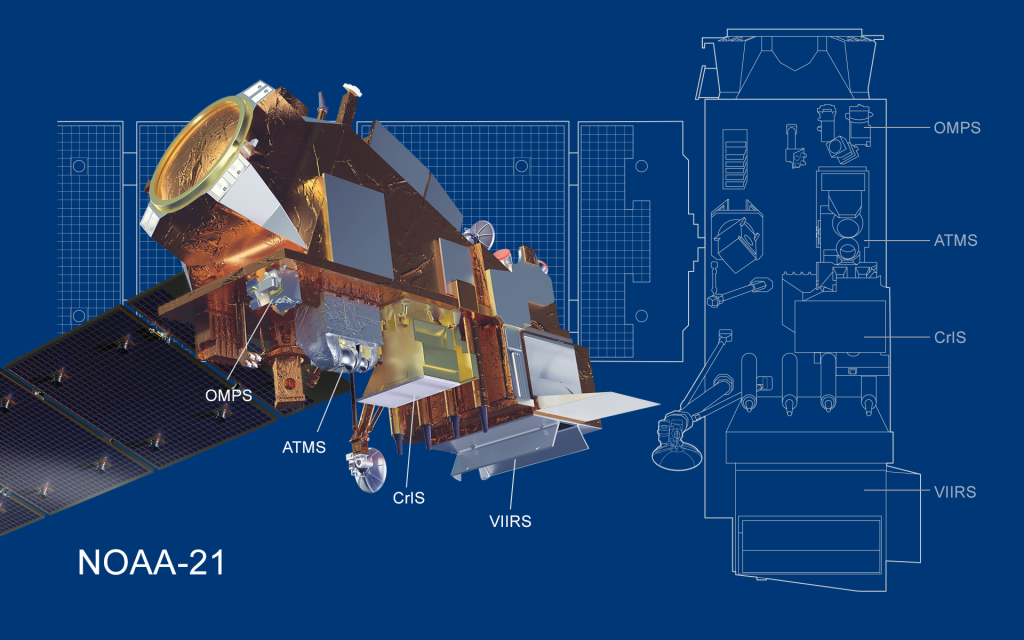NOAA Climate Program Office’s ERB, AC4 and CVP Programs award $3 million for new applications of satellite data to aerosol research
CPO’s ERB, AC4, and CVP programs, in partnership with NESDIS STAR, are announcing four new 3-year projects originally funded in Fiscal Year 2023.






